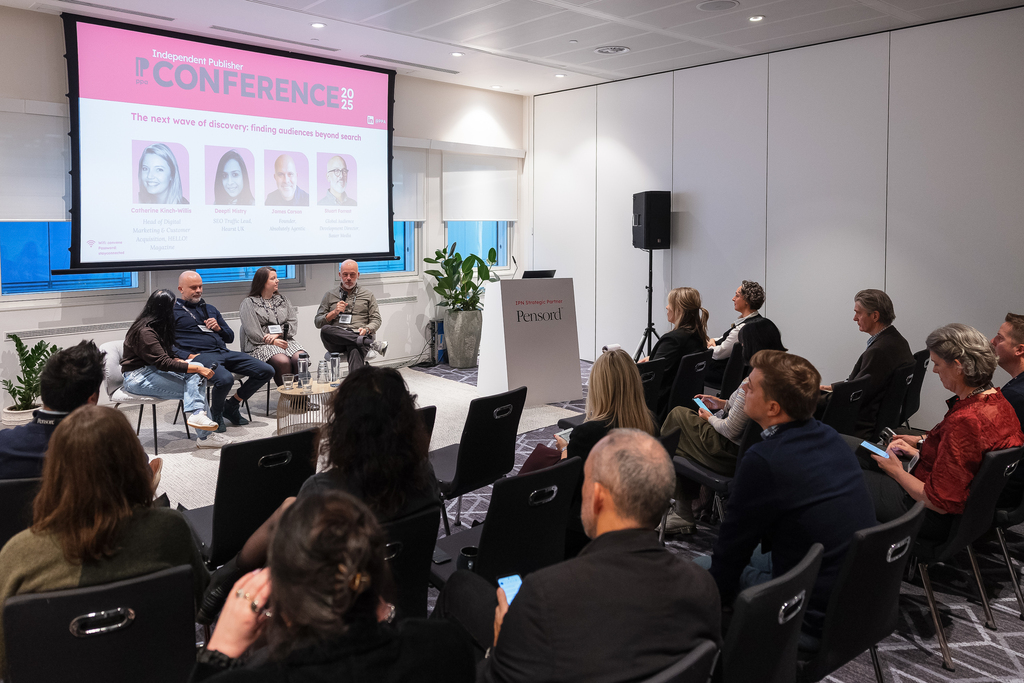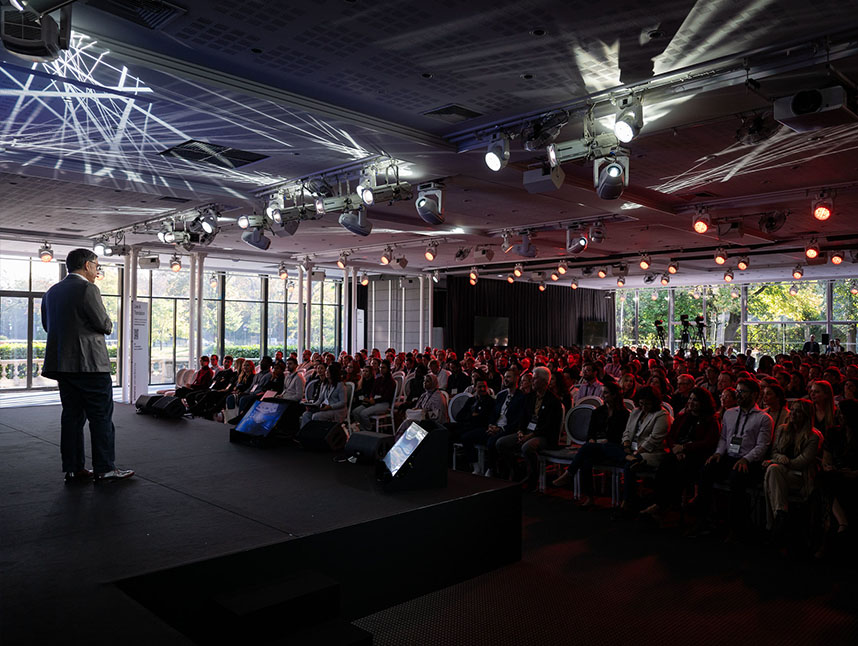Artificial intelligence and legal challenges: What do editors and publishers need to watch out for?
AI-based technologies are spreading at a rapid pace, but what about the legal side? What is allowed and what is not allowed?
Artificial intelligence and legal challenges: What do editors and publishers need to watch out for?
Artificial intelligence (AI) is a fascinating topic that is influencing more and more areas of life. But what about the legal assessment of artificial intelligence? We often don't know exactly what we can and cannot do with AI. That's why we sat down with the experts at NORDEMANN law firm to clarify the situation.
The law firm NORDEMANN is a renowned law firm in Germany specializing in intellectual property, IT law and industrial property law. Dr. Stanislaus Jaworski and Dr. Malte Baumann are two of the firm's lawyers who deal intensively with AI and the associated legal issues. Together we were able to clarify important legal points.
Is the copyright of the texts and data with which the AI was previously trained violated?
An AI only works if it is fed with a large amount of data. This includes both images and text, which in most cases are protected by copyright. As long as the artificial intelligence obtains this data through web scraping and does not store it permanently, it is legally compliant from today's perspective and not a violation of copyright.
The same applies to the style of a particular person. With certain AI tools, for example, it is possible to have a poem written in the style of Shakespeare. As long as it is a completely new poem and does not refer to characters from Shakespeare's previous works, there is no copyright infringement. This also applies to images created in the style of a particular painter.
From the point of view of copyright, the adoption of test results that the AI accesses, for example, at Stiftung Warentest, also does not constitute an infringement, as long as tables and texts are not copied 1 to 1.
The situation is different with fictional stories, known as fables in legal terminology. With AI, it is possible to have a sequel to Harry Potter written, for example. Even if this sequel is completely new and invented, it violates copyright law if it incorporates existing characters from the original story.
Does the text created by AI infringe copyright?
Whether the text written by the AI infringes a copyright is difficult to determine. There is software that can be used to check this, but how accurate it is is also difficult to determine. Only close comparison between texts could show whether entire sections have been copied. However, since the AI is mostly a black box, it is impossible to find out exactly which texts it has used. In most cases, the AI uses a large amount of different data to compose a new text and the content created by the AI is usually far removed from the original data used, so it is rather unlikely that a copyright is infringed.
In the USA, however, there have already been lawsuits where images were created by an AI and resembled the original too closely. In the case of images with people, attention must be paid to personality rights (including those of celebrities). Thus, even well-known personalities cannot be processed into AI images if they are used, for example, to create and sell trading cards. The permission of the celebrity is required here.
Is the texture created by AI protected by copyright?
Copyright protects personal intellectual creation. And personal means by humans. An AI is not a human being and therefore cannot create anything itself. The text created purely by the AI is therefore not protected by copyright. If this text is now edited by a person, i.e. completely rewritten, reworded and restructured, this editing can give rise to a copyright.
Legally, nothing changes even if this artificial intelligence was only fed with its own data, since copyright refers to the act of creation and not to who entered the data or created the prompt (command).
But what about the ancillary copyright for press publishers? Would the AI-written text fall under this protection right? Unlike copyright, ancillary copyrights are not linked to the personality of the creator, but to the financial, organizational effort. This makes ancillary copyright more suitable for protecting AI-generated output. Here, opinions differ widely and it is not entirely clear what the legal situation is. A pure AI text does not fall under the protection. However, if 50% of it was created by humans, it may well be that the rest of the text also falls under the ancillary copyright. However, nothing has yet been decided in court.
Can AI companies claim copyright?
As a rule, AI companies cannot claim copyright because the companies have only developed the AI and the AI itself as a machine cannot acquire copyright. An AI itself, i.e. the core of this neural network, consists of algorithms, which are essentially mathematical functions and are therefore not protectable in their own right. This means that copyright protection of AI systems can only arise where they are concretely integrated into software and instructions for action, and this must be examined in each individual case.
How can a publisher protect its data?
AI may only be trained with content that is freely accessible. So if the publisher erects a paywall, an AI should not be able to access it. Nevertheless, there is the problem that third parties upload the content that is behind the paywall and it can still be picked up by the AI. Therefore, a paywall is usually not sufficient.
This is where publishers can use the reservation of use. The law allows owners of content worthy of protection to place it under reservation of use. This means that the AI producers are then not allowed to work with this content.
For this, the reservation of use must be clearly understandable and visibly published. This can be in the imprint or in the terms and conditions, for example. However, since this is mostly about digital publishing, it must be visible above all for the AI. Therefore, you should write the usage reservation into the so-called robots.txt file. This is an action instruction that the end user, when he calls up the page, does not see. The crawler, however, recognizes this action instruction and does not scroll through the web page. It is important that the usage caveat is readable by machines.
What are the legal considerations when authors submit purely AI-generated content to publishers as their own manuscripts?
There is a major problem for creating AI texts without sufficient additional editing: these texts are not protected by copyright. As a result, authors could face a liability problem because they owe the delivery of a copyrighted work.
At the same time, if AI texts contain false information, etc., the person who publishes them is liable. Here the legal basis is very clear.
Must it be disclosed that texts and images were created by AI?
There are still no clear guidelines, especially for AI, as to what has to be marked in detail and how.
However, putting one's own name under it as the author could cause difficulties, as this could be misleading. Here, too, it is necessary to wait for the final law of the EU.
What role does data protection play in AI?
In terms of data protection law, artificial intelligence is a difficult topic because there are so many transparency rules in the GDPR that you have to follow. Also, AI is like a black box and it's hard to tell how the data is being processed.
Often it also depends on the use of AI. If it is used to generate journalistic content and a human is still involved in the process, the media privilege applies, which means that data protection obligations are very limited. The only thing you have to be careful of is not publishing false information or information that violates people's privacy.
What will the legal assessment of artificial intelligence look like in the future?
Many points are still unclear. This is because new trends are only developing and the law always lags behind somewhat.
The EU is currently working on a draft law that is intended to clearly regulate the rights surrounding AI. This is currently in the voting phase, in the so-called trilogue between the European Parliament, the Commission and the Council. Experience shows that a lot will change before the final law is passed, so that no clear statements can be made here.
Conclusion
There are still some legal challenges with artificial intelligence, as much is still unclear because the legal basis is missing and there are few court rulings to guide us. An important aspect is the liability for the published content, so that even with the help of AI, the content should be checked for authenticity. At the same time, the existing copyright law requires that a text originates from personal, intellectual creation. A machine cannot do this, so that a text written by an AI is not protected by copyright and, in the best case, should also be marked as written by an AI.
Learn more about the legal aspects of artificial intelligence in newsrooms in our on-demand webinar "Legal Challenges: Artificial intelligence in editorial offices"






%201.svg)











